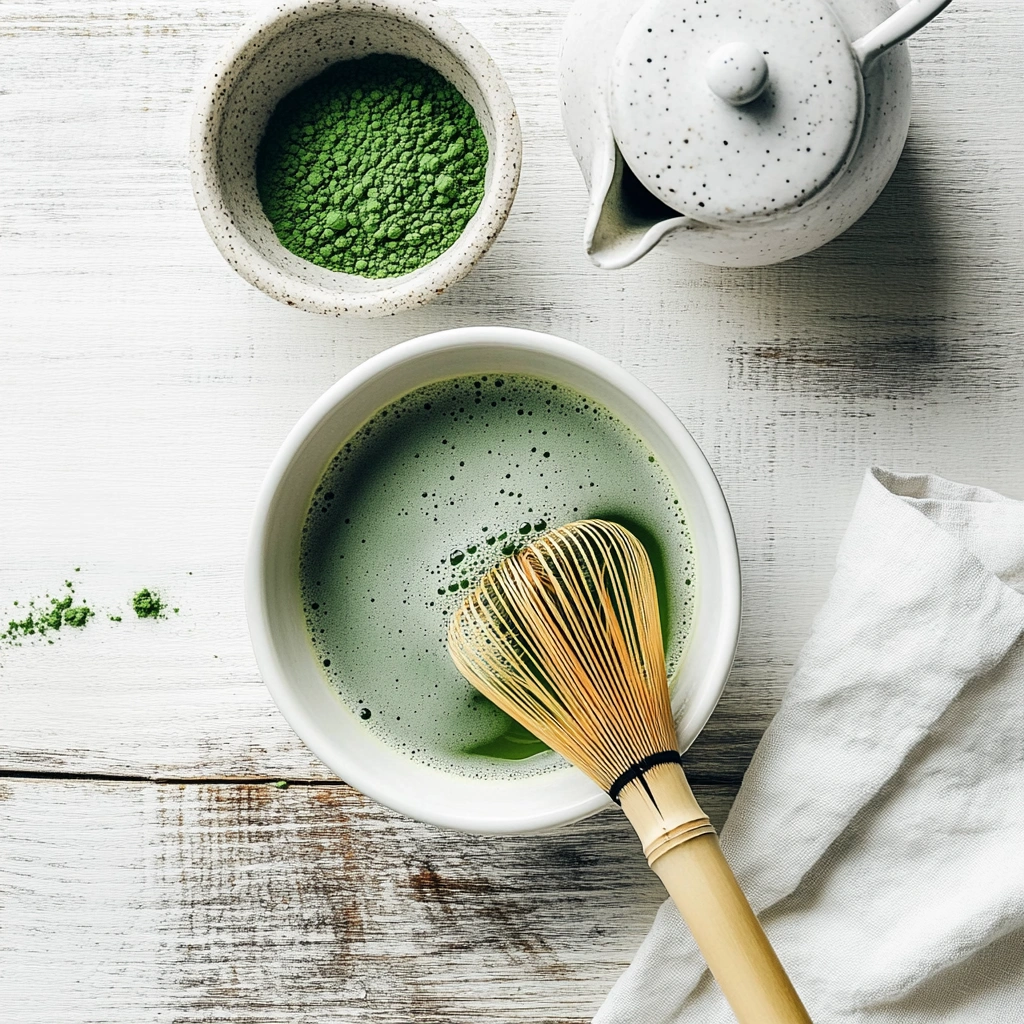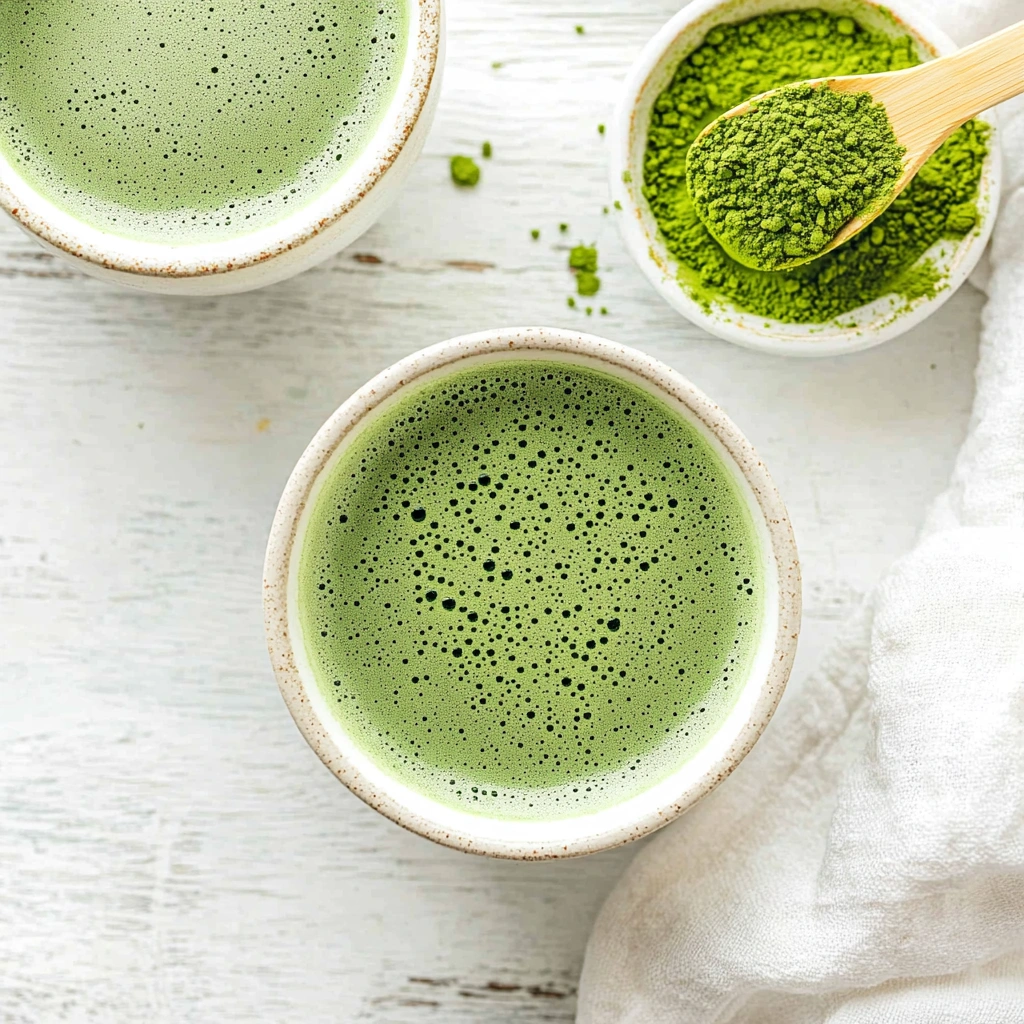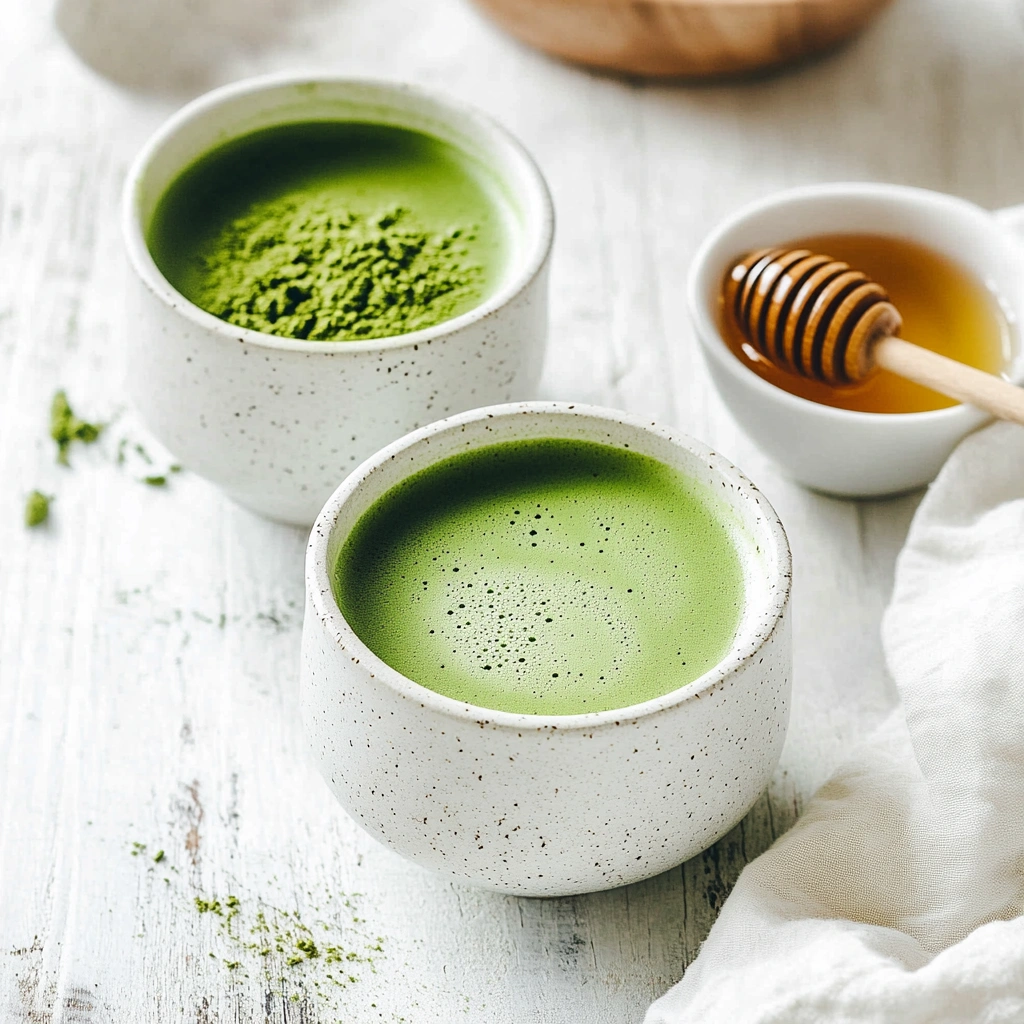Let’s talk matcha. Whether you’re a seasoned baker or someone who just loves a good pastry, matcha is one ingredient that’s probably piqued your curiosity. It’s green, it’s trendy, and it has that earthy flavor that people either can’t get enough of or are still trying to figure out. But when you bring matcha into the baking world, it’s like opening a whole new door. How does matcha affect baking? It enhances both the flavor and color of your treats, adding a unique depth and vibrancy. So, how exactly does matcha affect baking? Let’s dig in!
Table of Contents
Table of Contents
What Is Matcha, and Why Is It So Popular?
Matcha is a finely ground powder made from specially grown green tea leaves. Unlike regular green tea, where you steep the leaves and toss them, matcha involves consuming the whole leaf. That’s why it’s packed with antioxidants, vitamins, and even a little caffeine boost. But how does matcha affect baking? It enhances both the flavor and color of baked goods, adding a subtle earthiness and a beautiful green hue while also contributing to a slightly denser texture in some recipes.
Lately, matcha has gone from a niche health food to a mainstream favorite. You’ll find it everywhere—lattes, smoothies, desserts, and even savory dishes. But when it comes to baking, it’s more than just a flavor; it’s a game-changer.
For a unique way to try matcha in desserts, check out this Matcha Tiramisu Recipe—it’s a must-try!

Matcha’s Unique Flavor in Baking
If you’ve ever tasted matcha, you know it has a distinct flavor—slightly grassy, a little nutty, and even a touch sweet when paired with the right ingredients. In baking, this flavor takes on a whole new life. How does matcha affect baking? It not only infuses treats with its signature earthy taste but also adds a natural green color and a hint of bitterness that balances out sweet ingredients like white chocolate, vanilla, and honey.
1. Earthy Flavor with Sweet Notes
Matcha’s earthiness balances out the sweetness in desserts. Think about a rich, buttery shortbread cookie with just a hint of matcha—it’s the perfect contrast.
2. Pairs Well with Other Ingredients
Matcha loves hanging out with flavors like white chocolate, almond, and citrus. The combinations are endless, and it’s a great way to mix up your standard recipes.
The Stunning Green Color
Okay, let’s be real—the color is a huge part of matcha’s appeal. It adds a vibrant green hue to cakes, cookies, and even frostings. But here’s the catch: not all matcha is created equal.
1. High-Quality Matcha Is Key
If you want that bright green color, go for ceremonial-grade matcha. It’s more expensive but worth it for baking where color matters. Lower-grade matcha can turn a dull brownish-green, and nobody wants that in their cupcakes.
2. Heat Can Affect Color
Matcha is sensitive to heat, so baking at high temperatures for too long might dull its vibrant green. For best results, try recipes with shorter baking times or lower temperatures.
How Matcha Changes Texture in Baking
Adding matcha to your batter isn’t just about flavor and color—it also affects the texture of your baked goods.
1. Powder Power
Matcha is super fine, almost like flour, so it blends well with dry ingredients. It doesn’t clump like cocoa powder sometimes does, making it easier to mix evenly.
2. Moisture Retention
Because matcha is made from tea leaves, it has a natural moisture content. This can keep baked goods slightly softer and fresher for longer, which is always a win.
3. Can Make Baked Goods Dense
Matcha can sometimes make things a little denser, especially if you use too much. If you’re experimenting, start small—usually, one or two teaspoons per recipe is plenty.

Nutritional Benefits of Matcha in Baking
Let’s not forget the health perks! While adding sugar and butter might cancel out some of the benefits, matcha still brings some nutrition to the table.
- Antioxidants: Matcha is loaded with catechins, which are antioxidants that fight free radicals.
- Caffeine: Need a little energy boost? Matcha’s caffeine is more of a slow burn than coffee, thanks to the amino acid L-theanine.
- Vitamins and Minerals: You’re sneaking in a little extra vitamin C, potassium, and iron.
So yeah, your matcha muffins might not be a health food, but they’re definitely a step up from plain old chocolate chip.
How to Use Matcha in Baking
If you’re new to baking with matcha, here are a few tips to get you started:
1. Start Small
Matcha can be strong, so a little goes a long way. Begin with one teaspoon per recipe and adjust based on taste.
2. Mix It with Dry Ingredients
Always sift matcha with your flour or dry ingredients. It helps prevent clumping and promotes even distribution.
3. Balance the Flavors
Because matcha is earthy, pair it with sweeter ingredients like honey, maple syrup, or white chocolate to balance the taste.
4. Experiment with Recipes
Matcha works in almost everything: cookies, cakes, pancakes, bread—you name it. If you’re swapping matcha into a recipe, just reduce the flour slightly to account for the extra dry ingredient.
Popular Matcha Baking Ideas
Need some inspiration? Here are a few ideas to kick off your matcha baking adventures:
- Matcha Cookies: Classic sugar cookies or shortbread get a trendy upgrade with a teaspoon of matcha.
- Matcha Cheesecake: The earthy flavor pairs perfectly with creamy cheesecake filling.
- Matcha Pancakes: Okay, technically not baking, but still worth a try!
- Matcha Brownies: Add matcha to your brownie batter for a unique twist.
- Matcha Muffins: Perfect for breakfast or an afternoon snack.
How Matcha Affects Baking in Terms of Flavor Complexity
When you bake with matcha, you’re not just adding a color boost—you’re experiencing How does matcha affect baking? in terms of flavor complexity. Matcha has umami, which is that savory, almost meaty flavor you don’t normally associate with sweets. Understanding How does matcha affect baking? can help you create desserts with depth and balance, elevating traditionally sweet treats. For example, pairing matcha with creamy fillings or frostings highlights How does matcha affect baking? by creating a layered taste experience where sweetness balances the tea’s natural bitterness. It’s like adding a pinch of salt to caramel—unexpected, but it works.
The Role of Matcha in Gluten-Free and Vegan Baking
If you’re into gluten-free or vegan baking, matcha is a rockstar ingredient. It’s naturally gluten-free and works well with alternative flours like almond or oat flour. Plus, it blends perfectly into vegan recipes, where it can stand out in cakes, cookies, or even energy bites. How does matcha affect baking? Since matcha powder is packed with nutrients, it can add some functional benefits to baked goods that might otherwise rely on heavy starches or sugars. So, if you’re experimenting with health-conscious baking, matcha can bring both flavor and nutrition to the table.
Matcha as a Substitute for Cocoa Powder
Did you know you can swap out cocoa powder for matcha in some recipes? It’s a great way to put a unique spin on chocolate-based treats. For instance, matcha can replace cocoa powder in brownies, giving them a green twist while still maintaining a rich, indulgent texture. How does matcha affect baking? Unlike cocoa, matcha has a more subtle, earthy flavor, so you might need to balance it with sweeter ingredients like vanilla extract or extra sugar to achieve the perfect taste.
Why Temperature Control Matters When Baking with Matcha
Here’s the deal: matcha is sensitive to heat. High temperatures can dull its color and mute its flavor, leaving you with baked goods that don’t quite live up to their potential. For the best results, aim for recipes that bake at 350°F or lower. You can also experiment with no-bake recipes like matcha cheesecake bars or raw energy bites if you want to keep that vibrant green hue intact. Temperature control isn’t just about appearances—it’s the key to preserving matcha’s delicate, nuanced flavor.
Matcha as a Decorative Element in Baking
If you’re not ready to commit to adding matcha into your batter, it still works beautifully as a decorative touch. Dust a little matcha powder on top of frosted cakes, cupcakes, or even donuts for a pop of color. You can also mix matcha with powdered sugar to create intricate designs using stencils. This way, you can experiment with matcha’s aesthetic appeal without diving headfirst into tweaking recipes.
Matcha and Baking: A Versatile Duo
One of the best things about matcha is how versatile it is. You don’t have to limit yourself to traditional baked goods—think matcha waffles, biscotti, or even savory matcha breadsticks. Its flavor pairs well with sweet and savory ingredients alike, making it a fun ingredient to play with when you’re feeling creative in the kitchen. If you’re the type who loves trying out new flavor combinations, matcha opens up endless possibilities.
FAQs
Can I use any matcha for baking ?
Technically, yes, but higher-quality matcha gives you better flavor and color. Ceremonial-grade matcha is the best choice for desserts.
Does matcha lose its nutrients when baked ?
Some nutrients, like antioxidants, may degrade at high temperatures, but many remain intact. You’ll still get some benefits.
Why does my matcha taste bitter in baking ?
Overusing matcha or using a low-quality product can lead to bitterness. Stick to the recommended amounts and choose a good brand.
How should I store matcha for baking ?
Keep it in an airtight container in a cool, dark place. Matcha is sensitive to light and heat, which can affect its flavor and color.
Conclusion
How does matcha affect baking? It isn’t just a trendy choice—it’s a way to transform flavor, color, and even add some nutritional perks to your favorite treats. Whether you’re looking to give your cupcakes a vibrant green hue, create a flavor profile that’s as complex as it is delicious, or experiment with vegan and gluten-free recipes, understanding how matcha affects baking can help you get the best results. Matcha can do it all, from enhancing textures to creating stunning visual appeal.
From cookies to cakes, brownies to frostings, matcha’s versatility makes it a must-try ingredient for any baker. Just remember to use high-quality matcha, balance its earthy flavor with sweeter elements, and keep an eye on your oven temperature to get the best results.
So, next time you’re in the kitchen, why not let matcha steal the show? It’s fun, unique, and the perfect way to turn everyday baking into something a little extra special. Grab your whisk and start experimenting—your taste buds (and your Instagram followers) will thank you!
Want even more delicious ideas? Check out our Pinterest page for mouthwatering recipes and kitchen tips!

